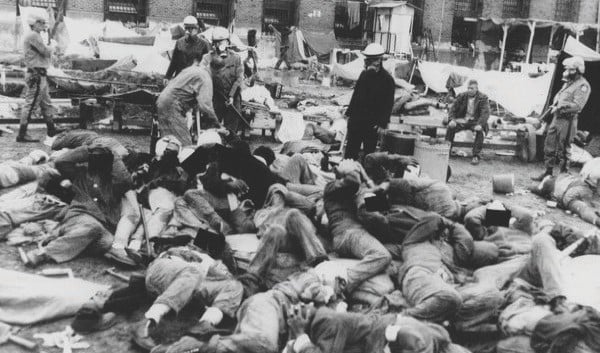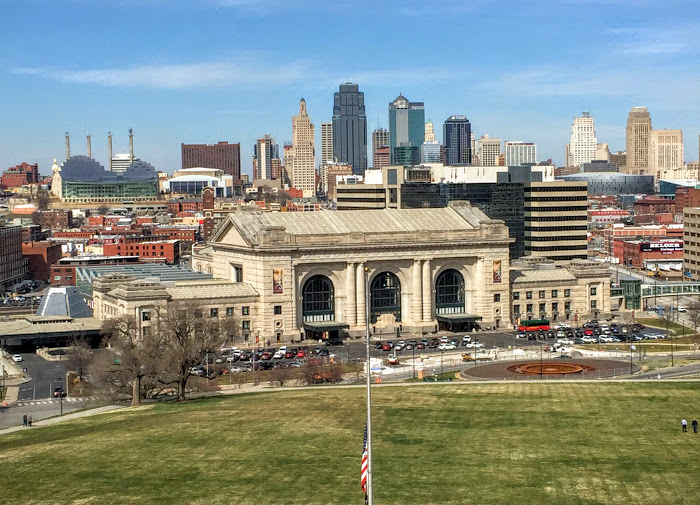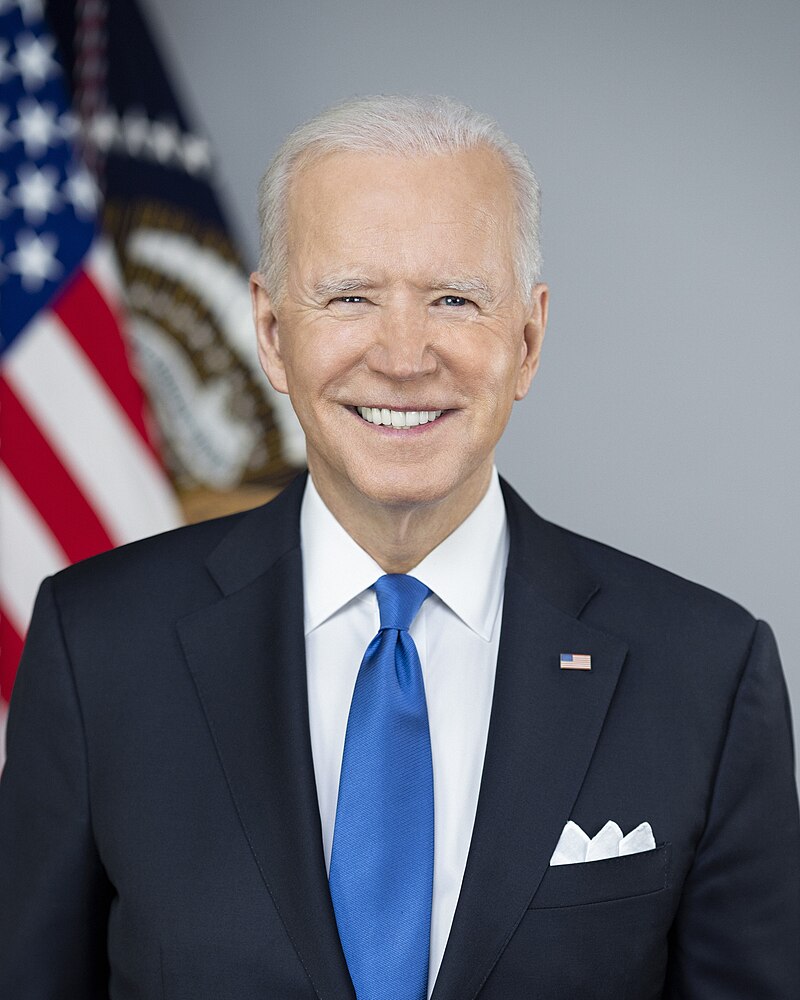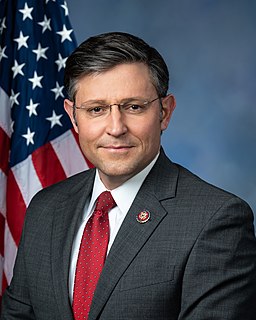
On Sept. 9, 1971, inmates at Attica Prison in New York staged a riot to demand political rights and better living conditions. Four days later, the prison administration finally agreed to many of the demands, except amnesty from criminal prosecution concerning the takeover and the removal of the Attica superintendent. In the end 43 people died, 33 of them inmates.
On Sept. 9, 2016, prisoner rights will again take center stage.
“Prisoners from across the United States have just released this call to action for a nationally coordinated prisoner work stoppage against prison slavery,” reads the statement on the Incarcerated Workers Organizing Committee website.
“In one voice, rising from the cells of long term solitary confinement, echoed in the dormitories and cell blocks from Virginia to Oregon, we prisoners across the United States vow to finally end slavery in 2016.”
Although some are calling it a riot, the IWOC refers to the event as a strike. The prisoners who organized the event come from all over the country, but many of them reside in Holman Prison in Atmore, Alabama, where a riot broke out on March 11.
“Fires were set, people got control of two cubicles, bust windows,” said one prisoner on social media according to the San Francisco Bay View. “The riot team came, shot gas, locked down searched the dorms. Five have been shipped and two put in lock up.”
Another prisoner complained of overcrowding. There are 2.3 million prisoners in the United States. Although the U.S. contains less than five percent of the world’s population, it houses 22 percent of its prisoners.
“I think it contributes greatly to having a certain level of habitation as a human being,” said Associate Professor of Justice & Policy Studies Will Pizio. “I mean, two people could probably live in (my office) pretty comfortably. Ten, not so much.
“The room gets pretty small when stress rises. While it may not lead directly to a riot, I think there’s a series of stages people go through that progress (to them getting) more upset and more stressed. That can lead to something.”
Pizio stresses that “something” often equates to individual acts of violence.
Part of this problem comes from for-profit prisons, which lose money unless all the beds are filled. Therefore, there is incentive to keep people in prison.
“Private prisons served an important role during a difficult period, but time has shown that they compare poorly to our own Bureau facilities,” said Deputy Attorney General Sally Yates in a memo to the Federal Bureau of Prisons.
Yates also said that private prisons do not save on costs and provide fewer restorative services.
Several strikes began on April 4 in Texas. After there were strikes and riots in several other states, the IWOC decided it was time to take action.
The issue of prisoners’ rights is close to home for many Guilfordians. Many students have lobbied for change, and some have even worked in prisons directly.
“I’ve trained (San Fransisco) area police officers,” said sophomore Patricia Martinez. “There was a big conference, and I was a panel speaker. I would read my story that I wrote for them and then I was available for Q&A. I’ve trained teachers in San Francisco. I trained youth groups.”
In spite of activist efforts and trainings, there are still harsh restrictions on prisoners.
“There are so many rules that they’re trying to establish,” said Martinez. “In California, there’s a bill that’s supposed to limit visitation for kids. It’s already hard for us to visit our parents.
“Overcrowded spaces got even more overcrowded because they had to bring the women over from one prison to the other. There aren’t that many women facilities, (and) you have to buy your pads and stuff, and that can be expensive. If you don’t have a job, what are you going to use?”
This is what the IWOC hopes to call attention to: the conditions of most prisons in America.
“Step up, stand up and join us,” the statement from the IWOC website reads. “Against prison slavery. For liberation of all.”
The riots will aim to raise awareness and gain more ground in the fight for prisoners’ rights.
“Slavery is still legal and very alive,” said Martinez. “It’s just in our prisons, and it’s not seen. And that’s a problem.”







